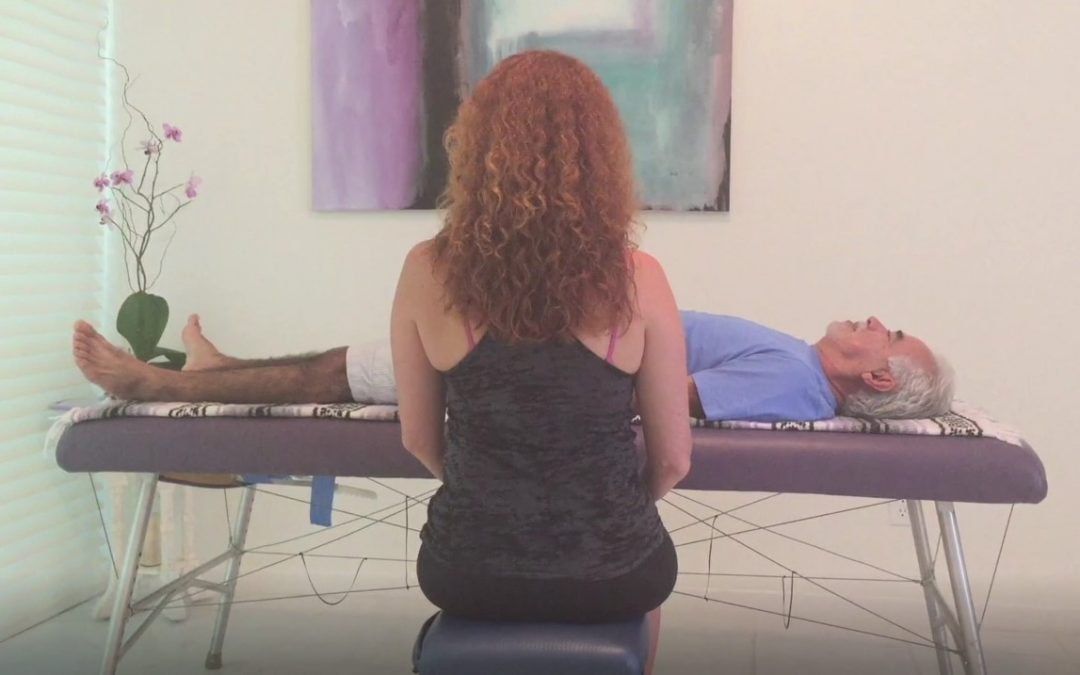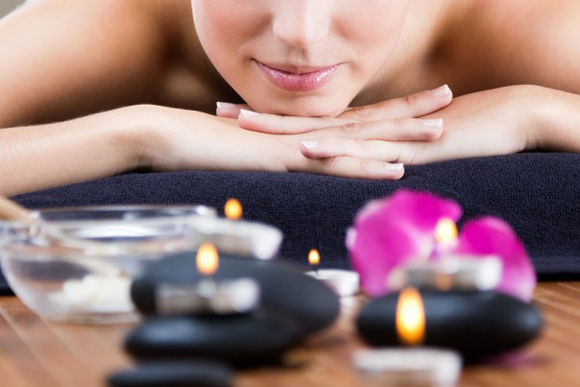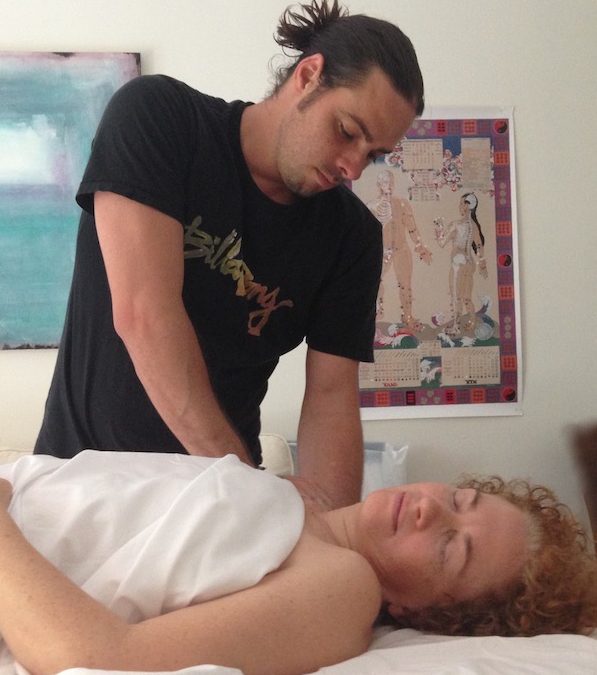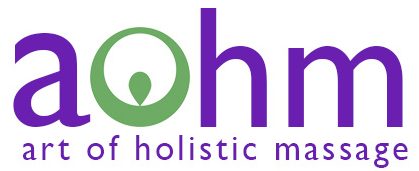
by Alvina Quatrano | Jan 20, 2022 | Resources
A cancer diagnosis can bring feelings of confusion, anxiety, sadness, and helplessness. Many mesothelioma patients may feel overwhelmed as they search for stress reduction techniques while navigating their busy treatment schedules.
Mindfulness can help patients and their loved ones stay hopeful during a mesothelioma diagnosis. By definition, mindfulness is the awareness that arises when we purposely pay attention in the present moment without judgment.
Mindfulness-based stress reduction (MBSR) programs can greatly impact cancer patients to manage their stress, pain, and illness. Cancer patients experience a variety of symptoms due to their condition and treatment side effects. MBSR has been proven to be effective in managing stress, anxiety, fatigue, headaches, and high blood pressure.
MBSR programs take the values of Eastern psychology and philosophy to create and connection between the body and mind to reduce stress.
Mesothelioma patients can expect to participate in interactive activities to engage and promote mindfulness meditation.
Cancer patients will participate in support activities such as guided mindfulness practice, gentle stretching, yoga, and other activities to promote mindfulness to help them manage their illness.
Classes will also provide patients with daily at-home activities to practice their mindfulness meditation skills in the comfort of their own home.
No matter where you live, mesothelioma patients can find an MBSR program near them. Over 16,000 people have completed the MBSR program from hospitals, clinics, and universities around the world.
Cancer patients and caregivers can both benefit from the techniques and practices of MBSR to reduce stress during their journey navigating a cancer diagnosis.

by Alvina Quatrano | Oct 5, 2017 | Resources
Why Massage?
* Deep relaxation is induced by massage
* Bursitis responds favorably to massage
*The release of tension in regular massage sessions often enables the receiver to overcome long- standing emotional turmoil because renewed energy becomes available to aid in coping with them.
* Fractures, breaks and dislocations take less time to heal
* Greater achievements are possible with renewed energy and a cleared mind.
* Sprains heal more easily
* Adhesions can be prevented or broken down to effect greater mobility
* Self-esteem improves
* The function of every internal organ can be improved
* Mental and physical fatigue is relieved
* Digestion, assimilation and elimination can be improved
* Chronic neck and shoulder tension can be released
* The detoxifying function of the kidneys is enhanced
*Muscles receive and increased blood supply increased of nutrients that help to improve their functioning
* Massage heightens tissue metabolism
* Calf cramps and other muscle spasms can be eliminated
* The lymphatic system is flushed waste products that accumulate in muscles after vigorous exercise can be removed to prevent soreness and aching
* Massage returns blood to the heart thereby assisting cardiac functions
*Muscle tone can be improved, and muscular atrophy due to forced inactivity, can be reduced
* Massage can benefit anemics by increasing the number of red blood cells.
*Massage is a form of passive exercise that can partially compensate for lack of exercise.
* Eyesight and hearing can be improved
*Chest pains related to tight pectoralis muscles can be eliminated and a tension-causing fear of heart attack alleviated
*Nasal congestion and sinus conditions improve dramatically and often totally disappear
*Sore throats can be encouraged to heal more quickly. If treated within the first hour it can often be averted
* Fat stored in your tissues may be reduced
* Massage dilates blood vessels to improve circulation
*All types of headaches(Gall Bladder, Liver, Stomach,Large Intestine, emotional and migraine) can be eliminated
*Arthritis patients experience relief because improved circulation to the joint reduces inflammation and pain
*The balding process can be stopped, reduced or reversed through frequent massaging of the shoulders, neck, and head and by making contact with neurovascular holding points
*Directly massaging the hands helps to relieve and sometimes eliminates neuralgic, arthritic and rheumatic disorders.
*Wrinkles can be lessened due to improved circulation.

by Alvina Quatrano | Oct 4, 2017 | Resources
Preparing for a Massage
Massage is a healing art, tailored to meet your needs and one of the nicest things you can do for yourself. As each person is different, this is a only guideline and an introduction to help you decide the most beneficial way for you to receive your massage. The most common question and concern you might have when going to a massage is one that many others share: and that is a question of clothing. Massages are most effective when you wear no clothing, this is because even minimal clothing, such as underwear, covers up important muscle groups. However, nudity can be uncomfortable for many people and so it is important that you make the decision about the amount or lack of clothing you will wear during your session. No matter what you decide, you will always be covered with a sheet for your comfort. Also, it’s important to remove all jewelry and best to leave these personal items at home. Once you have decided on your level of dress, it’s time for you to get comfortable on the massage table. Here’s where it’s time to begin your relaxation.
Some tips:
1. Get comfortable and begin by closing your eyes. Take several deep breaths to draw your attention to your breathing. This focus will allow you to almost immediately become in touch with your body.
2. Breathe deeply through your nose, letting the air flow as deep into your abdominal area as you feel comfortable, without force. Try to sink yourself more and more into the present moment, letting thoughts drift out of your mind as easily as they have drifted in.
3. When you begin to feel your massage therapist’s touch, allow yourself to turn your complete attention to their touch. Tune into the quality of their touch, the way you might listen to the sound of someone’s voice.
4. Allow yourself to continue breathing deeply, remaining connected to your breath. It can be a good technique to imagine your breath flowing into the very area that your therapist is touching. And let yourself sigh.
5. Whether talking will occur during your session depends on you and your therapist. In most cases, talking during the moments of direct body encounter can lead to distraction and inhibit the work of the massage. So less is more.
6. It’s important that when you are working with your therapist that you share any feelings or thoughts that are coming up, if you wish, so that the therapist can move to work with the knots and tensions that occur with regards to these feelings.
7. Talking becomes critical if you need to communicate to your therapist discomfort or if the touching is too deep or too light or if you simply need to use the bathroom.
8. When your massage is over, take time, lie still, keep your eyes closed, continue breathing, and absorb what you are feeling.

by Alvina Quatrano | Oct 3, 2017 | Resources
This is the subtle truth: Whatever you love, you are.–RUMI
Self-Help Process Acupressure: Put 2 hackey sacks in a sock so that you have handles at either end (you can also knot a small towel or place tennis balls at either end). Place the balls on either side of the spine, so that you are lying on them. Starting at the tailbone, begin moving them up every minute an inch at a time until they reach your head–releasing all the tension.
Dr. Fritz Smith’s Parallel Breath Meditation When feeling overwhelmed or uncertain about something like a decision or the pace of life. Sit down and inhale deeply. Imagining that the breath is traveling from your head (crown) to your feet(ground). When you exhale imagine that the breath travels from the feet up through the head. Continue for 10 minutes or until feeling better CD available at www.zerobalancing.com includes Inner Smile meditation
The Enneagram The Enneagram is an ancient form of personality typing devised by the Jesuits to get along better together in the monastaries. It was notoriously passed down verbally until the 1970’s when Helen Palmer, PhD, Stanford University, brought it out in her book, The Enneagram: Understanding Yourself and the Others in Your Life. There are numerous teachers and writers and workshops on the Enneagram today, even a newsletter. Don Richard Riso and Russ Hudson of New York City have an excellent book called, The Wisdom of The Enneagram: The Complete Guide to Psychological and Spiritual Growth for the Nine Personality Types. To take a free Enneagram test click here: RHETI test
The I Ching A fun tool to help focus and find guidance in the moment The Wilhelm-Baynes Edition (classic) The I Ching: A Guide To Life’s Turning Points, Brian Browne Walker Tiger and Dragon I Ching,Rowena Kryder

by Alvina Quatrano | Oct 2, 2017 | Resources
Your Body Doesn’t Lie
In fact, your body holds all the information that’s happened to you during your whole life. It’s your living file system. And as a kind of storage space for memories, it’s one of the best ways to heal and align the mind/body/spirit connection. And when these aspects of self are aligned healing pathways are found. It’s a delicate proposition: healing the self through accessing information stored in the body. And as such, must be handled with gentleness, compassion, and caring. A safe and comforting way to do this is through Process Acupressure. With Process Acupressure, you find yourself supported by the bodywork experience and the bodyworker to explore yourself unconditionally. And when this is done, wondrous things can happen. Each session is created to enable creativity, imagination, and enlightenment–yet is deeply grounded in the here-and-now through the body dynamic, the protocol of acupressure, and touch itself. Holding “acupoints” that relate to specific areas of difficulty or points throughout the body, clear the energy pathways and support strengthening in your being and encourage you to develop a sense of entitlement “to be who you are”. By working with the body in such a manner as Process Acupressure you can enrich your own unique being through support of spiritual compassion and nonjudgement–in the end you will access your truth and in that, “the truth will set you free.”

by Alvina Quatrano | Oct 1, 2017 | Resources
(As published in New Jersey Holistic magazine Winter 2002)
Process Acupressure can address many common physical symptoms including back problems, headaches, PMS, respiratory, digestive and systemic problems, as well as colds, flu, allergies and healing from injuries. Over 100 specific acupressure protocols have been developed to provide therapy for all parts of the body and many specific conditions. PA is especially helpful with stress-related conditions, including post-traumatic stress. It is not appropriate for severe medical problems or psychosis and does not replace medical care. Finger pressure is used to stimulate acupoints on the body’s surface. The pressure used in specific combinations helps to open and balance energy pathways that have been restricted. This helps to alleviate pain and various dysfunctions and brings greater harmony and function to all other systems in the body. Process Acupressure also helps promote better health and renewed energy by actively involving you in your own healing and growth processes. It teaches you to become more aware of your body and your “process”–that is, you particular history, style, and patterns of thinking, feeling, behavior, health, and illness. It teaches you how to respect and follow this process as your own unique path to health and growth. You will more readily recognize the subtle things you do to foster, or suppress the natural growth process. You can learn new ways to help yourself and how to change those patterns that are not working. Dr. Aminah Raheem developed the holistic method of Process Acupressure after more than 20 years of study in various psychologies and hands-on modalities, along with 35 years of spiritual practice. She was an adjunct faculty member of The Institute for Transpersonal Psychology for 10 years. She is a mother, Zero Balancing Teacher, Diplomate of Process Work, transpersonal psychologist, and author. She has taught Process Acupressure and integrative body psychology to both student and practitioners in the United States and throughout Europe. Dr. Raheem’s book, Soul Return: Integrating Body, Psyche, and Spirit, was one of the first to bring the soul into bodywork and psychology. Soul Return addresses the roles that the body and soul have in psychological development and transformation. It is a scientifically conducted, well-reasoned survey of the factors that affect health–from love and wisdom to soul purpose, enlightenment and service. PA grew out of Dr. Aminah Raheem’s search for ways to work with all parts of a person simultaneously. After investigating many bodywork styles, she chose traditional acupressure and combined it with the unique touch of Dr. Fritz Smith’s Zero Balancing, which addresses both energy and structure. The bodywork was then combined with various psycho spiritual process skills developed by Aminah, which included principles of Arnold Mindell’s Process Work. These principles and techniques in combination bring about a therapeutic approach that can elicit and fulfill the individual needs of the client. What happens during a PA treatment? Typically, a session takes from 1 to 1 1/2 hours. During this time you lie fully clothed on a massage table while the practitioner applies gentle pressure to your acupoints (the same as used in acupuncture). Normally the session has several phases: As a state of relaxation ensues, you may become aware of issues within your body and/or consciousness. As the session progresses, you may go into a deeper state of awareness, beneath surface tension, to access clarity or guidance about issues at hand. Finally, integration and completion of the process occur as the session is closed by chakra balancing and grounding.






